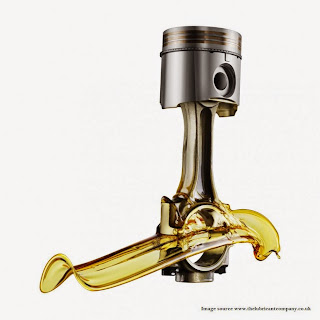Vascular Imaging Market - Key Players and Strategies
According to research report the global vascular
imaging market is expected to reach USD 5.95 billion by 2022 from
USD 4.35 billion in 2017, at a CAGR of 6.5%. The report covers imaging
procedures used to assess blood flow for the effective diagnosis and treatment
of various cardiovascular diseases (CVDs).
Growing
incidence and prevalence of cardiovascular diseases, growing aging population,
and technological innovations has led to the wide application of vascular
imaging, thus driving the growth of the market.
Speak to Analyst: https://www.marketsandmarkets.com/speaktoanalystNew.asp?id=247188200
The vascular
imaging market is consolidated in nature due to the presence of large players.
The key players in this market are Siemens Healthineers (Germany), GE
Healthcare (U.K.), Toshiba Medical Systems Corporation (Japan), Hitachi Medical
Corporation (Japan), Samsung Medison (South Korea), Shimadzu Corp. (Japan), St.
Jude Medical, Inc. (U.S.), TERUMO Corporation (Japan), Koninklijke Philips N.V.
(Netherlands), Fujifilm SonoSite (Japan), Hologic, Inc. (U.S.), Esaote SpA
(Italy), Carestream Health, Inc. (U.S.), Konica Minolta (Japan), Alpinion
Medical Systems (South Korea), Pie Medical Imaging (Netherlands), CorVascular
Diagnostics LLC (U.S.), Evena Medical, Inc. (U.S.), LumedX Healthcare
Technologies (U.S.), Xograph Healthcare (U.K.), Mindray Medical International
Ltd. (China), Novadaq Technologies Inc. (Canada), Omega Medical Imaging LLC.
(U.S.), BK Ultrasound (U.S.), and Piur imaging GmbH (Austria).
GE Healthcare
(U.K.) dominated the vascular imaging market in 2016. GE Healthcare derives a
majority of its revenue from the North American market. The company focuses on
providing sophisticated systems in the field of cardiovascular imaging like CT,
contrast media, MRI, nuclear imaging, and ultrasound as well as broadening its
product offerings in the market. In 2016, GE Healthcare developed Vivid IQ, a
portable compact cardiovascular ultrasound system, whereas in 2014 it launched
MRI systems SIGNA Creator, SIGNA Explorer, and SIGNA Pioneer; and ultrasound
systems Vscan with Dual Probe and LOGIQ S8.
Siemens
Healthineers accounted for the second-largest share of the vascular imaging
market in 2016. Siemens Healthineers provides angiography systems, C-arms, CT
systems, MRI systems, X-ray imaging systems and ultrasound systems. In order to
strengthen its position, the company collaborated with companies in the U.S.,
the U.K., and Turkey. In 2016, Siemens launched 1.5T MRI system Magnetom Sempra
and CT systems Somatom Confidence RT Pro CT Scanner, Somatom go. Now, and
Somatom go. Up. It also launched ultrasound systems Acuson NX3 & Acuson NX3
Elite in 2016 and Acuson S Family & HELX Evolution in 2015.
Get Report Sample: https://www.marketsandmarkets.com/requestsampleNew.asp?id=247188200
The key
strategies followed by most companies in the vascular imaging market are
product launches. This strategy accounted for the largest share of the overall
growth strategies mapped from 2014 to 2017. Some of the leading players that
adopted this strategy include GE Healthcare (U.K.), Siemens Healthineers
(Germany), Toshiba Medical Systems Corporation (Japan), Koninklijke Philips
N.V. (Netherlands), Shimadzu Medical Systems (Japan), Samsung Medison (Korea),
and Hologic Inc. (U.S.).
Besides, there are developments by industry
leaders like acquisitions, geographic expansions, partnerships, and joint
ventures to strengthen their market presence.
Comments
Post a Comment